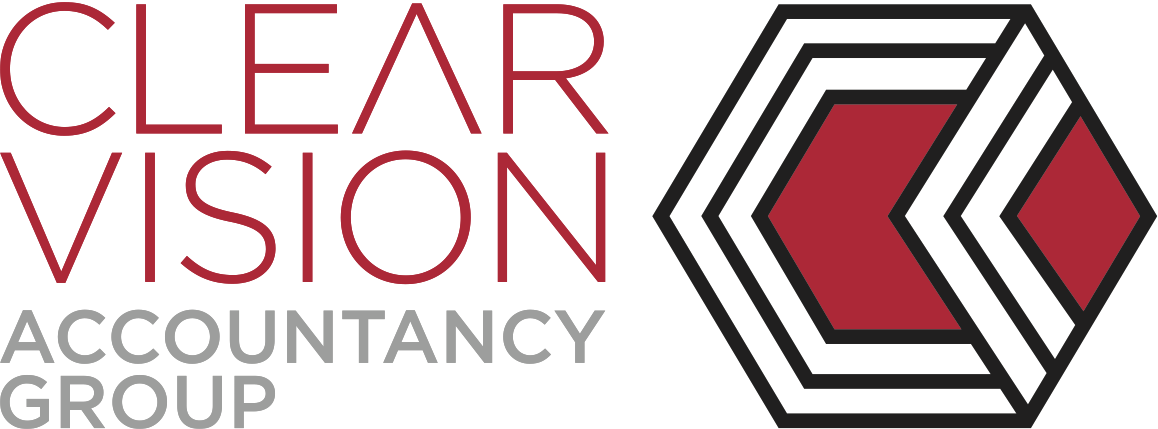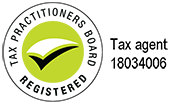Budget 2018 / 2019 Changes affecting Business Taxpayers
Changes affecting business taxpayers
Removing tax deductibility of payments where withholding obligations have been disregarded
From 1 July 2019, businesses will no longer be able to claim a deduction for the following payments:
- Payments to their employees such as wages where they have not withheld any amount of PAYG from these payments (i.e., despite the fact the PAYG withholding requirements apply).
- Payments made by businesses to contractors where the contractor does not provide an ABN and the business does not withhold any amount of PAYG (despite the withholding requirements applying).
Expanding the contractor payment reporting system
The contractor payment reporting system was first introduced in the building and construction industry and extended to the cleaning and courier industries from 1 July 2018. Under the contractor payment reporting system, businesses are required to report payments to contractors to the ATO. This brings payments to contractors in these industries into line with wages, which are reported to the ATO.
Extending the $20,000 immediate write-off for small business
The Government will extend the $20,000 immediate write-off for small business by a further 12-months to 30 June 2019 for businesses with aggregated annual turnover less than $10 million.
Small businesses will be able to immediately deduct purchases of eligible assets costing less than $20,000 first used or installed for use by 20 June 2019. Only a few assets are not eligible (such as horticultural plants and in-house software).
Assets valued at $20,000 or more (which cannot be immediately deducted) can continue to be placed into the small business simplified depreciation pool (the pool) and depreciated at 15% in the first income year and 30% each income year thereafter. The pool can also be immediately deducted if the balance is less than $20,000 over this period (including existing pools).
Further to this, the current ‘lock out’ laws for the simplified depreciation rules (preventing small businesses from re-entering the simplified depreciation regime for five years if they opt out) will continue to be suspended until 30 June 2019.
The post Budget 2018 / 2019 Changes affecting Business Taxpayers appeared first on Clear Vision Accountancy Group.





